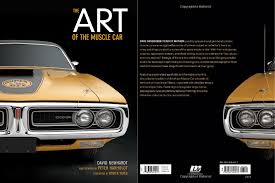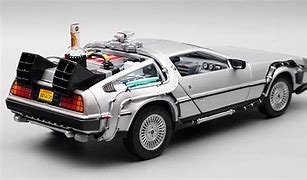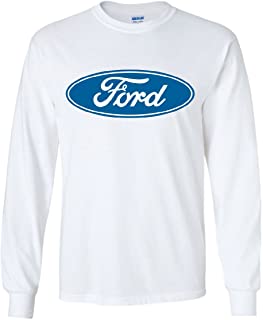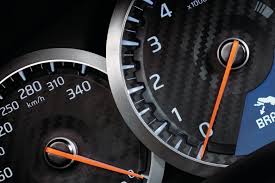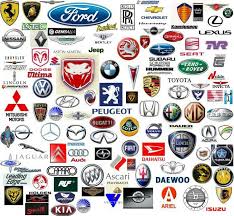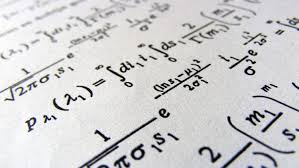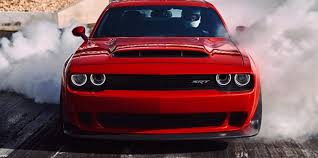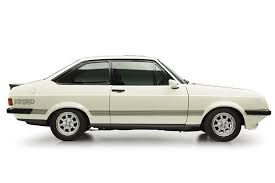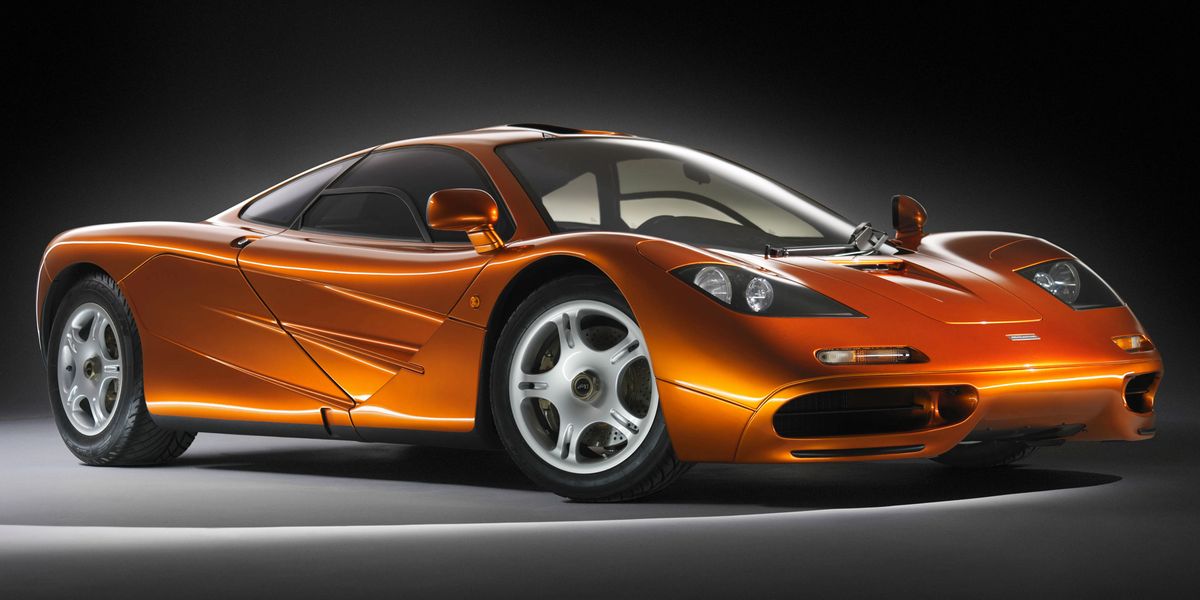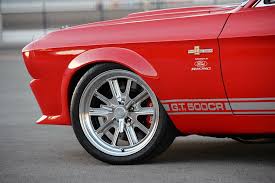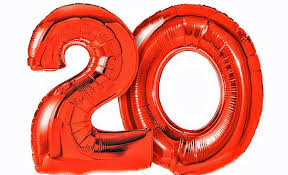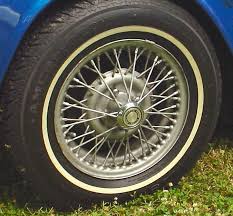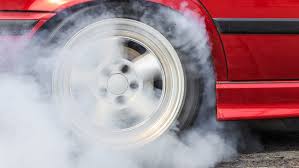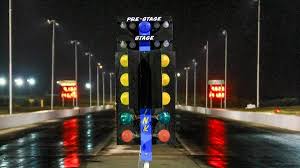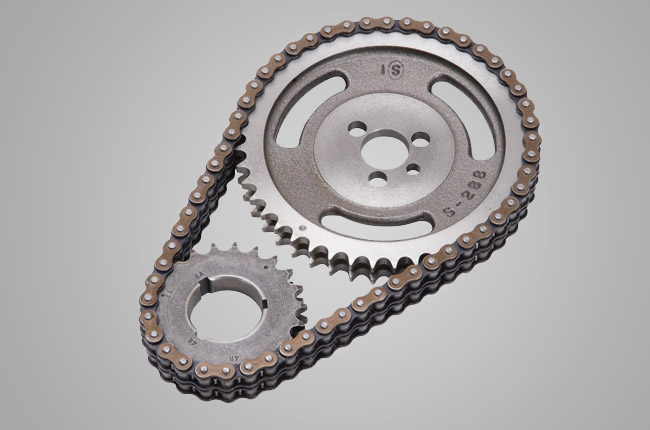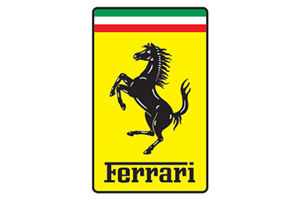
Performance & Classic Car Data

This edition of the Ferrari 166 MM is the 5 speed / Manual version and was first brought out in 1948. This was at around the same time as the introduction of the 1948 Jaguar XK 120 SE FHC and the 1948 Jaguar XK 120 Roadster.This particular Ferrari 166 has a 1995cc Naturally Aspirated Petrol powerplant with 12 cylinders in a V formation.
The 166 shares its Petrol V12 engine configuration with the likes of the 2021 Aston-Martin Valkyrie Spider 6.5 V12 and the 2021 Aston-Martin Valkyrie Coupe 6.5 V12. If you're looking for other fast cars which share the 166's Rear Wheel Drive, Coupe combination then how about the 1982 Fiat X1/9 1.5 8V or the 1965 Aston-Martin DB6 1965.
Weighing in at 600 kgs (1322 lbs) this makes the Ferrari 166 MM in the same weight category as the 2005 Caterham 7 CSR 260 or the give or take 50kg.
![Mini Cooper Countryman John Cooper Works 1.5 Turbo - [2022] image Mini Cooper Countryman John Cooper Works 1.5 Turbo - [2022] image](/editionimages/2335.jpg)
The Ferrari 166 shares the same bhp with the 2022 Mini Cooper Countryman John Cooper Works 1.5 Turbo (134 bhp)
In terms of power the 1995cc 24V V12 engine produces 140 bhp (104 kW) @ 6600 rpm similar to the 2022 Mini Cooper Countryman John Cooper Works 1.5 Turbo (134 bhp) or the 2020 Audi A1 A1 Sportback 35 TFSI S tronic S line (148 bhp).
The Naturally Aspirated V12 throws out 117 lb-ft (158.6 Nm) @ 5000 rpm placing it with cars of similar torque performance figures such as the 2013 Renault Captur 1.2 Turbo TCe 120 EDC (140 lb-ft) or the 2012 Mini Cooper Paceman (118 lb-ft).
If one combines the weight with power or torque performance for the Ferrari 166 you can get a better idea of it's real world performance.
![Chevrolet El Camino SS 454 LS6 - [1970] image Chevrolet El Camino SS 454 LS6 - [1970] image](/editionimages/1511.jpg)
The 1970 Chevrolet El Camino SS 454 LS6 (258.3 bhp per ton) has similar Bhp Per Ton stats as the Ferrari 166.
The Ferrari 166 has a Power to weight ratio of 233.3 bhp per ton and 195.0 lb-ft per ton. Bhp Per Ton figures of the 1948 166 competing with the 1970 Chevrolet El Camino SS 454 LS6 (258.3 bhp per ton) or the 2009 Mitsubishi Lancer Evo X FQ 400 (258.3 bhp per ton).
If you agree with the late great Carroll Shelby then arguably an even better indicator of potential performance, Torque. Use weight as well and you end up with - Torque per ton, with the Ferrari 166 generating around 195.0 lb-ft per ton. If you're curious as to what other cars have as much torque to weight then look no further than the 2017 BMW 4 Series M4 Convertible F83 (219.9 lb-ft per ton) or the 2017 BMW 4 Series M4 Competition Package F83 (219.9 lb-ft per ton).
With a 0-60mph time of 10.00 secs or a 0-100km/h (0-62mph) of 10.3 secs, this made the Ferrari 166 MM as fast as the 1980 Renault 18 1.6 Turbo (10.00 secs) the 1976 Triumph 2500 TC (10.00 secs) the 1966 Pontiac Tempest Le Mans Sprint (10.00 secs) the or the 1950 Ferrari 195 Inter (10.00 secs). This Ferrari 166 MM is also faster than the 1967 Pontiac Firebird Sprint 3.8L (10.10 secs) the 1966 Volvo 144 Grand Luxe 2.0 8v (10.10 secs) the 2019 Ford Ranger F-150 Raptor 2.0 (10.20 secs) the and the 1983 Alfa-Romeo Alfasud 1.5 Ti QV (10.20 secs).
When talking about the performance of the Ferrari 166 on the drag strip it can reach a quarter mile in an estimated 13.58 secs @ 100.7 mph. Similar performance down the quarter mile can be found with the the 2012 Renault Megane RenaultSport 2.0T 265 (13.52 secs), the 1993 Toyota Supra 3.0 Turbo Auto (13.53 secs), and the 2016 BMW Z4 sDrive35is (13.53 secs).
Modern performance cars are often artificially restricted to 155mph. The 1948 version of the Ferrari 166 MM has a maximum speed of 125mph.
If maxing out your car on the AutoBahn is your thing and you're wondering what's faster than the 1948 Ferrari 166 MM then how about the 2012 Ford Fiesta ST 1.6 Turbo (136 mph), the 2011 Alfa-Romeo Mito 170 Quadrifoglio Verde (136 mph), or the 1992 Subaru Legacy 2.0 Turbo (136 mph).









Koenigsegg Agera S 5.0 V8 Hundra
Engine: Twin Turbo Petrol | 5032cc 32v V8
Top Speed: 249 mph
0-60mph: 2.80 seconds

Lexus LS 600h
Engine: Naturally Aspirated Petrol Electric Hybrid | 4969cc 32v V8
Top Speed: 249.4 kph
0-100kph: 6.3 seconds
